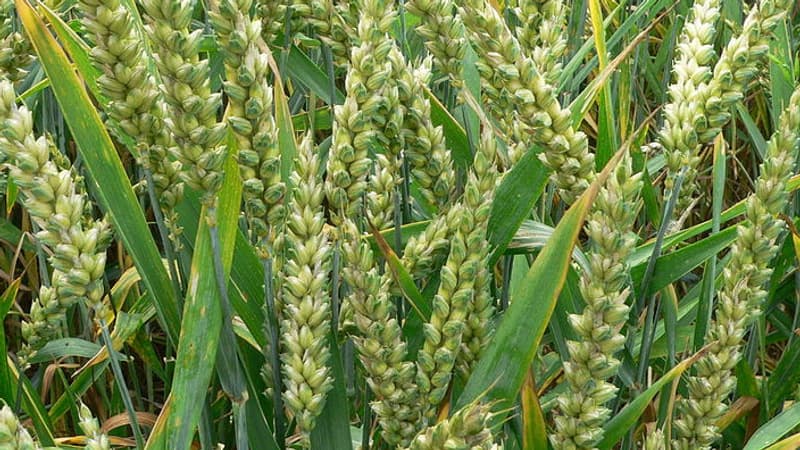Respite does not exist for allergy sufferers. In recent weeks, metropolitan France has been strongly affected by the omnipresence of birch pollen, to the point that the National Aerobiological Surveillance Network (RNSA) has painted more than two thirds of the territory in red, synonymous with strong health impact. Since then, the birch trees have flourished and this risk has been ruled out.
Now, thanks to the good weather, a new threat hits the most sensitive: grass pollen, which currently causes a “medium to locally high level” allergy risk.
In detail, 18 departments of the metropolitan territory are now in red due to the circulation of these pollens.
18 departments in red
Particularly concerned, the southeast of the country, where eight departments, Isère, Drôme, Ardèche, Vaucluse, Gard, Hérault, Bouches-du-Rhône and Gard are affected by grass pollen.
Further west, the Brittany departments of Morbihan, Côtes-d’Armor and Ille-et-Vilaine are also in red, as are Loire-Atlantique, Gironde, Vienne, Haute-Vienne and Correze. At the same time, the presence of oak pollen remains strong in these areas, causing an explosive cocktail in allergy sufferers.
According to the RNSA, it is the “warm, sunny and windy” days that favor the movement of grass pollen, which can sometimes travel tens of kilometers from the pollination site. “Only the rare thunderstorm showers can give allergy sufferers temporary respite,” it says.
Note that the rest of the territory is always placed in yellow, synonymous with “medium” health impact.
Grass pollen travels far
In a press release from the RNSA dedicated to grasses, it is recalled that these “are the herbaceous plants that we see growing along the roads, in the fields and sometimes even in roundabouts.”
Among them, some are extremely allergenic, including “timothy, bluegrass, darnel, dactyl, fescue, fluff, rye, oats, wheat.” They cause many ocular, nasal and even respiratory symptoms.
With blooming getting earlier, seasonal allergies are getting worse. In 2023, an estimated 30% of the population suffers from allergies, and this could rise to 50% in 2050.
Gestures that save lives
As always, some uses can prevent allergies. At home, it is recommended to rinse your hair at the end of the day and air it about ten minutes before or after sunrise or sunset.
It is also recommended to limit tobacco consumption and avoid the use of irritating or allergenic products (home fragrances, incense, etc.).
Outside, it is advisable to keep the car windows closed, not to dry clothes in the open air, or to avoid activities that avoid overexposure to pollen, such as mowing the lawn or doing sports.
Source: BFM TV


